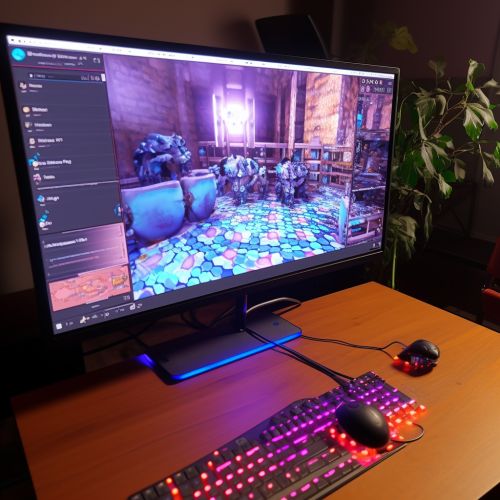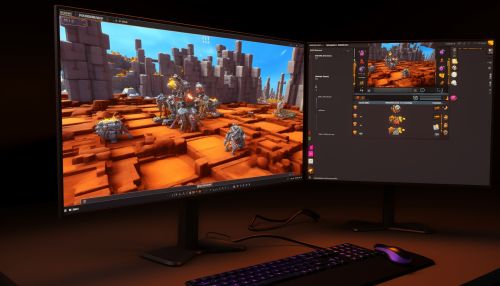Reinforcement learning
Introduction
Reinforcement learning (RL) is an area of machine learning that focuses on how an agent can learn to make decisions by interacting with its environment. The agent's goal is to learn a policy, which is a mapping from states to actions, that maximizes the cumulative reward over time.
Background
The concept of reinforcement learning has roots in psychology, where it was used to explain how organisms learn to make optimal decisions in an uncertain environment. The term "reinforcement" comes from the idea that the consequences of an action reinforce the tendency to make that action again in the future.
Problem Formulation
In reinforcement learning, the interaction between the agent and the environment is typically formulated as a Markov decision process (MDP). An MDP is defined by a set of states, a set of actions, a transition function, and a reward function.
Learning Process
The learning process in reinforcement learning involves the agent taking actions in the environment, observing the resulting state and reward, and updating its policy based on this information. This process is typically repeated many times, with the agent gradually improving its policy over time.
Types of Reinforcement Learning
There are several types of reinforcement learning, including model-based RL, model-free RL, and inverse RL. Each of these types has its own strengths and weaknesses, and the choice of which to use depends on the specific problem at hand.


Model-Based Reinforcement Learning
In model-based reinforcement learning, the agent maintains an explicit model of the environment's dynamics and reward function. This model is used to simulate future states and rewards, allowing the agent to plan ahead and make more informed decisions.
Model-Free Reinforcement Learning
In contrast to model-based RL, model-free RL does not maintain an explicit model of the environment. Instead, the agent learns a policy directly from its interactions with the environment. This approach is typically simpler and more computationally efficient than model-based RL, but it can be less effective in complex environments where planning ahead is beneficial.
Inverse Reinforcement Learning
Inverse reinforcement learning (IRL) is a type of RL in which the agent learns the reward function from demonstrations of the desired behavior. This approach is often used in situations where it is difficult or impractical to specify the reward function explicitly.
Applications of Reinforcement Learning
Reinforcement learning has been successfully applied in a wide range of fields, including robotics, game playing, recommendation systems, and autonomous vehicles. In each of these applications, RL has been used to learn complex decision-making policies that outperform traditional rule-based approaches.
Challenges and Future Directions
Despite its successes, reinforcement learning also faces several challenges, such as the difficulty of specifying a suitable reward function, the instability of learning, and the lack of guarantees about the performance of the learned policy. Addressing these challenges is an active area of research in reinforcement learning.
